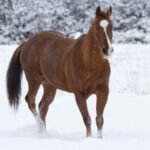Throughout human history, horses have played a pivotal role in shaping civilizations, not only as instruments of war and transportation but also as central figures in cultural and religious celebrations. From the majestic processions of ancient Rome to the spirited horse festivals of nomadic tribes across Asia, these magnificent animals have galloped through the ceremonial landscapes of countless societies. Their strength, beauty, and connection to human communities have made them indispensable participants in festivals that marked seasonal changes, honored deities, celebrated harvests, and commemorated historical events. This exploration of horses in ancient festival traditions reveals how deeply these animals were woven into the cultural fabric of early civilizations and how many of these traditions continue to echo in modern celebrations around the world.
Sacred Horses in Ancient Greek Ceremonies
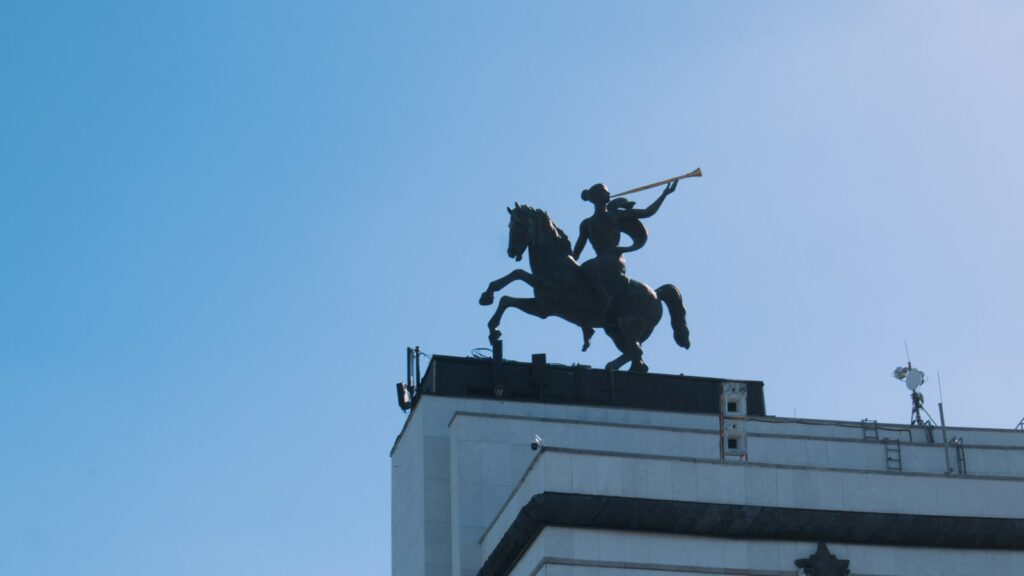
The ancient Greeks incorporated horses into numerous religious festivals, particularly those honoring Poseidon, who was not only the god of the sea but also credited with creating the first horse. During the Isthmian Games, held every two years near Corinth, chariot races were conducted as sacred rituals that honored this powerful deity. In Athens, the Panathenaic Festival featured spectacular processions where the city’s finest horses were adorned with flowers and precious metals, creating a visual display of both wealth and religious devotion. The Hippodromia, another significant Greek horse festival, celebrated Zeus with racing competitions that were believed to please the gods and ensure divine favor for the community. These equestrian events were far more than mere entertainment—they represented a vital connection between the mortal world and the divine realm, with horses serving as living bridges between humans and their gods.
Roman Equestrian Festivals and the October Horse
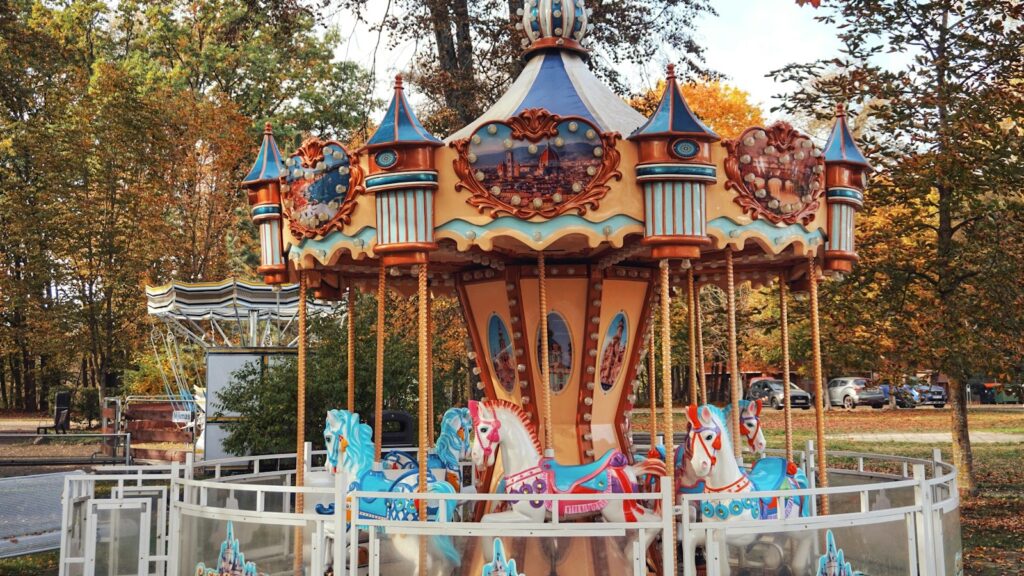
Perhaps no Roman equestrian festival was more significant than the October Horse (Equus October), a complex ritual held annually on October 15th that culminated in the sacrifice of a right-hand horse from the winning team of chariot races. After the race in the Campus Martius, the horse was speared and decapitated, with neighborhoods competing for the severed head as it was believed to bring fertility and good fortune. The Equirria, two separate festivals held in February and March, honored Mars with horse races that prepared both horses and warriors for the upcoming military campaign season. The Consualia, celebrated twice yearly, honored Consus, the god of stored grain, and featured chariot races where horses and mules were adorned with flowers and given a day of rest from labor. These Roman horse festivals seamlessly blended religious devotion, agricultural concerns, military preparation, and civic pride, demonstrating how central these animals were to multiple aspects of Roman life and identity.
Celtic Horse Worship and Festivals
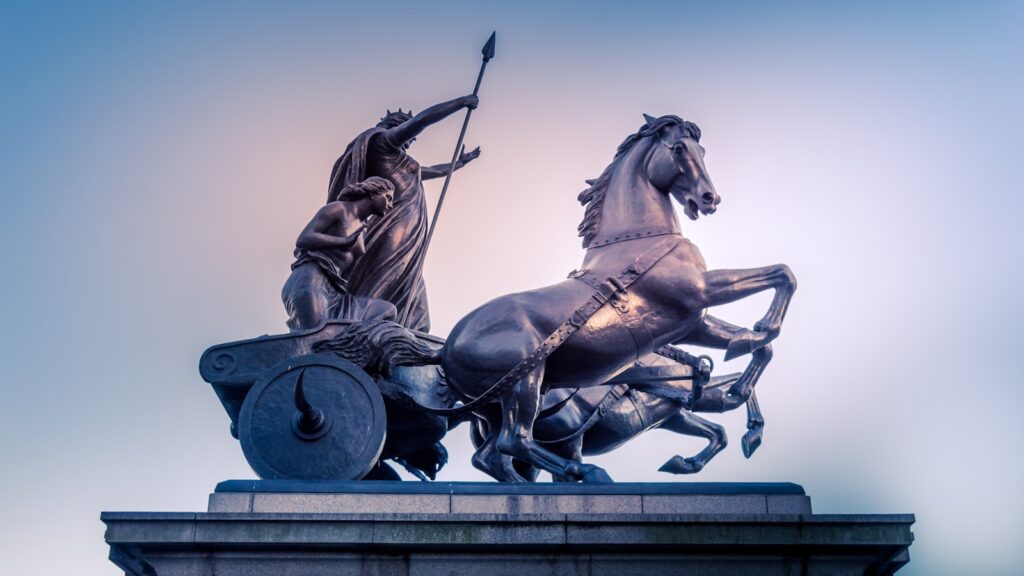
Celtic tribes across Europe revered horses as sacred animals associated with various deities, particularly Epona, the horse goddess who provided protection to cavalry, horses, and stables. Annual festivals honoring Epona featured processions where white horses were adorned with special harnesses and led through villages to bring blessings of fertility and protection. Archaeological evidence from Iron Age Celtic settlements reveals horse skulls buried beneath thresholds and in ceremonial pits, suggesting ritualistic uses beyond mere transportation or warfare. The ancient Celtic festival of Lughnasadh, marking the beginning of the harvest season, incorporated horse races that were both entertainment and sacred ritual, with the belief that the thundering of hooves awakened the earth for the harvest. The deep spiritual connection between Celts and horses continued even after Christianization, with many horse-centered customs being absorbed into seasonal celebrations that continue in modified forms in rural areas of Ireland, Scotland, and Brittany today.
Scythian Horse Festivals and Burial Rituals
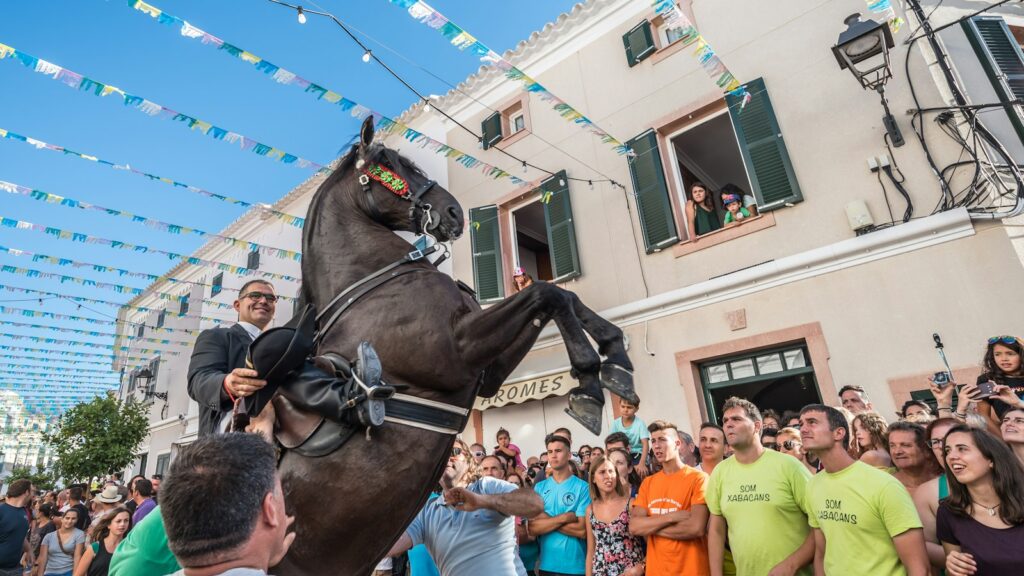
The nomadic Scythians of the Eurasian steppes maintained perhaps the most profound connection to horses of any ancient culture, considering them not merely possessions but extensions of themselves in both life and death. Archaeological evidence from Scythian burial mounds (kurgans) reveals elaborate funeral ceremonies where horses were sacrificed to accompany their masters into the afterlife, sometimes numbering in the dozens for a single noble burial. Annual festivals marking seasonal migrations featured skilled horsemanship displays, including archery competitions performed at full gallop and ritualistic demonstrations of the deep bond between riders and their mounts. The summer solstice was particularly important for Scythian horse festivals, with ceremonies involving ritual cleansing of horses in sacred rivers and communal feasts where mare’s milk and horse meat were consumed as part of religious observance. Herodotus described a Scythian festival where horses were adorned with gold ornaments and paraded before tribal gatherings, symbolizing both the wealth of the community and their spiritual connection to these animals that made their nomadic lifestyle possible.
Chinese Imperial Horse Festivals
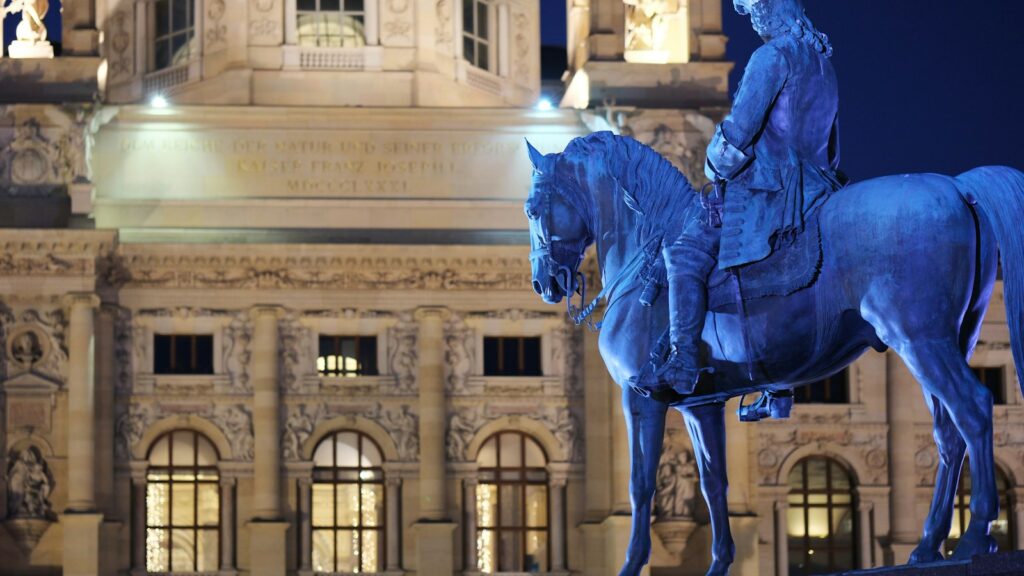
In ancient China, horses represented imperial power, military might, and cosmic harmony, with several dynasty-specific festivals dedicated to these revered animals. The Han Dynasty established the Festival of the Celestial Horses, commemorating the acquisition of the “heavenly horses” from Ferghana, which were believed to sweat blood and possess supernatural qualities. During the Tang Dynasty, the emperor would personally perform rituals at the Temple of the Horse on the seventh day of the first lunar month, offering sacrifices to ensure healthy horses for military campaigns and imperial processions. Elaborate horse parades during seasonal festivals displayed the finest specimens from imperial stables, with specialized markings and colorings considered auspicious signs of heaven’s favor toward the ruling dynasty. Archaeological findings from imperial tombs, particularly the terracotta warriors and horses of Emperor Qin Shi Huang, demonstrate the cultural significance attached to horses even in the afterlife, where rulers expected to command equestrian forces just as they had in the mortal realm.
Mesopotamian Horse Rituals and Royal Celebrations
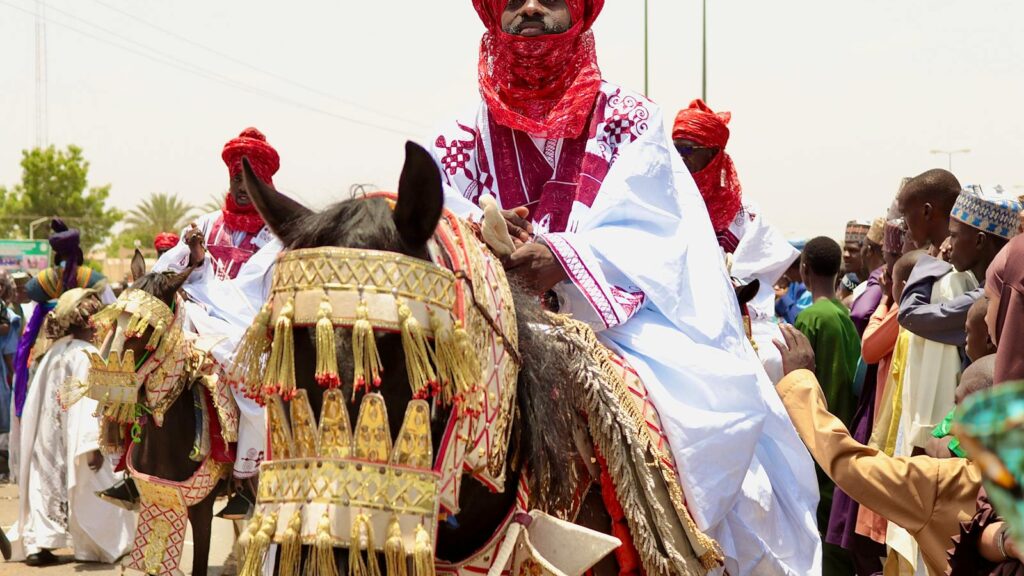
In ancient Mesopotamia, where the domestication and breeding of horses became sophisticated early in human history, these animals featured prominently in royal ceremonies and religious festivals. Akkadian and later Assyrian kings performed annual rituals involving the washing and blessing of royal horses before military campaigns, with priests offering sacrifices to ensure divine protection for these valuable military assets. The Neo-Assyrian spring festival included a procession where the king’s war horses were paraded through the streets adorned with lapis lazuli, gold, and cedar ornaments, symbolizing both royal power and divine blessing. Cuneiform texts describe elaborate purification rituals for horses used in religious ceremonies, involving aromatic herbs, sacred oils, and incantations performed by specialized priests dedicated to maintaining the ritual purity of these animals. Archaeological evidence from royal Mesopotamian sites reveals specialized architectural features in palaces and temples designed specifically for horse-centered ceremonies, including dedicated ritual spaces where royal horses received blessings before being presented to the public during seasonal festivals.
Persian Royal Horse Festivals

The ancient Persians, renowned for their horsemanship, integrated horses deeply into their Zoroastrian religious practices and royal ceremonies, creating some of the most elaborate equestrian festivals of the ancient world. The Mehrgan festival, dedicated to Mithra (the divinity of covenants and the sun), featured spectacular horse parades where nobles demonstrated their wealth and status through the quality and ornamentation of their prized horses. During Nowruz, the Persian New Year celebration, royal horses participated in ceremonial processions through the capital, adorned with flowers, precious metals, and dyed manes and tails representing the colors of spring and renewal. The festival of Tirgan included horse races dedicated to Tishtrya, the rain deity, with the belief that the thunder of racing hooves would call forth rain clouds to nourish the land. Historical accounts from Persepolis describe how tributary nations would present exotic horses as gifts during major festivals, with these animals being ritually incorporated into the royal stables through ceremonies that symbolically bound conquered territories to the empire.
Norse Horse Sacrifices and Festivals
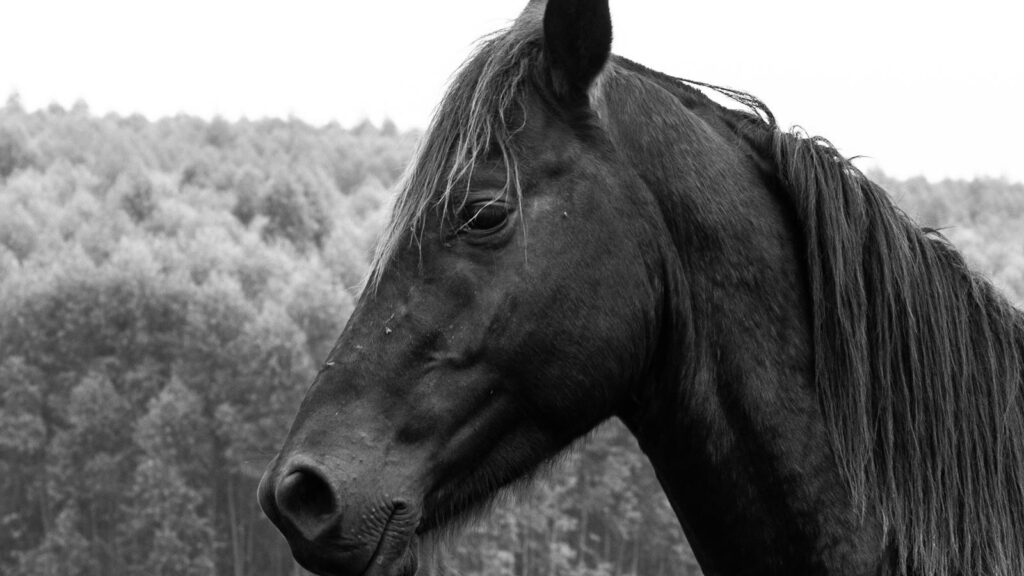
Norse societies maintained profound spiritual connections to horses, considering them sacred to deities like Odin and Freyr, with horse sacrifices representing some of their most solemn religious observations. The Midwinter blót (sacrifice) sometimes culminated in the ritual slaughter of horses, with the meat distributed in hierarchical fashion among festival participants, the consumption of horse flesh being both a religious act and community bonding ritual. Archaeological evidence from Viking settlements reveals horse skulls and bones arranged in ritualistic patterns, suggesting ceremonies where horses were not merely killed but participated in elaborate religious dramas before their sacrifice. Adam of Bremen’s historical account describes the great festival at Uppsala where horses were hung from sacred trees alongside human sacrifices, creating a powerful visual representation of offerings to the gods that would ensure fertility and victory in the coming year. Horse fighting competitions during seasonal gatherings combined entertainment with religious significance, as the outcome was interpreted as divine communication about which horses (and by extension, which human bloodlines) carried divine favor.
Indian Horse Festivals and Ashvamedha
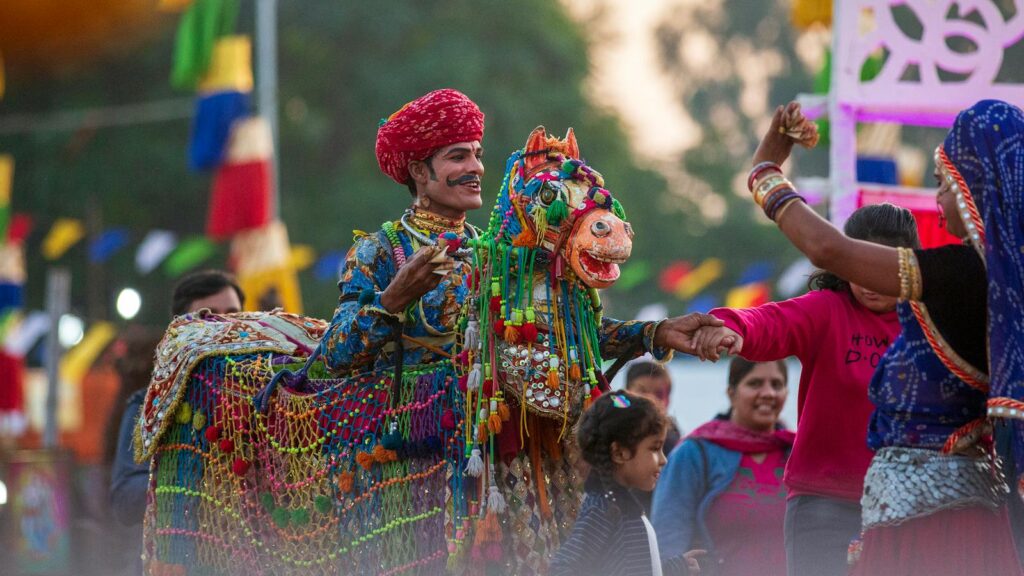
Ancient Indian traditions featured some of the most complex horse-centered rituals, particularly the Ashvamedha (horse sacrifice), a royal Vedic ritual of immense religious and political significance. This elaborate year-long ceremony began with the release of a specially chosen stallion to wander freely for a year, accompanied by royal guards; territories through which the horse passed unchallenged were considered under the king’s sovereignty. Upon the horse’s return, a festival lasting three days culminated in its sacrifice, with precise ritual specifications for every aspect of the ceremony, from the distribution of the horse’s body parts to the queen’s ritual interaction with the sacrificed animal. The festival of Sankranti in many parts of ancient India featured horse races and demonstrations of skilled horsemanship as offerings to sun deities during the winter solstice. Cave paintings and temple carvings throughout the Indian subcontinent depict horses in ceremonial processions, adorned with elaborate decorations and participating in religious festivals that connected royal power with divine authority. Literary sources like the Mahabharata provide detailed descriptions of horse festivals where skilled riders performed complex maneuvers that demonstrated both human mastery and respect for these animals considered direct creations of the gods.
Iberian Peninsula Horse Festivals
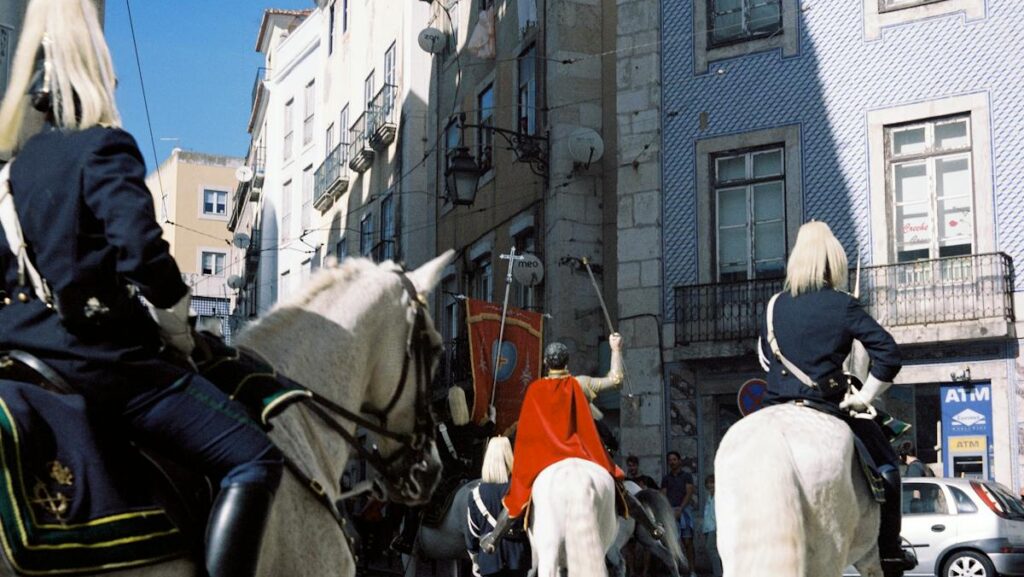
The ancient cultures of the Iberian Peninsula developed distinctive equestrian traditions that blended indigenous practices with influences from various Mediterranean civilizations, creating unique festival traditions that have evolved into modern celebrations. Archaeological evidence from pre-Roman Iberia reveals sacred sites where horse figurines were deposited as votive offerings, particularly in Lusitanian and Celtiberian territories where horses held special religious significance. Seasonal festivals in ancient Iberia often featured horse races and exhibitions of horsemanship that demonstrated both religious devotion and community status, with winners receiving not only honor but special religious distinction. Roman accounts describe how Iberian tribes conducted ceremonies where horses were blessed with sacred waters and herbs before military campaigns or seasonal migrations, practices that blended indigenous beliefs with imported religious concepts. These ancient traditions evolved into the medieval festivals that would eventually transform into modern celebrations like the Feria del Caballo in Jerez and similar horse festivals throughout Spain and Portugal, demonstrating the remarkable continuity of equestrian cultural elements across millennia.
Nomadic Horse Festivals of Central Asia
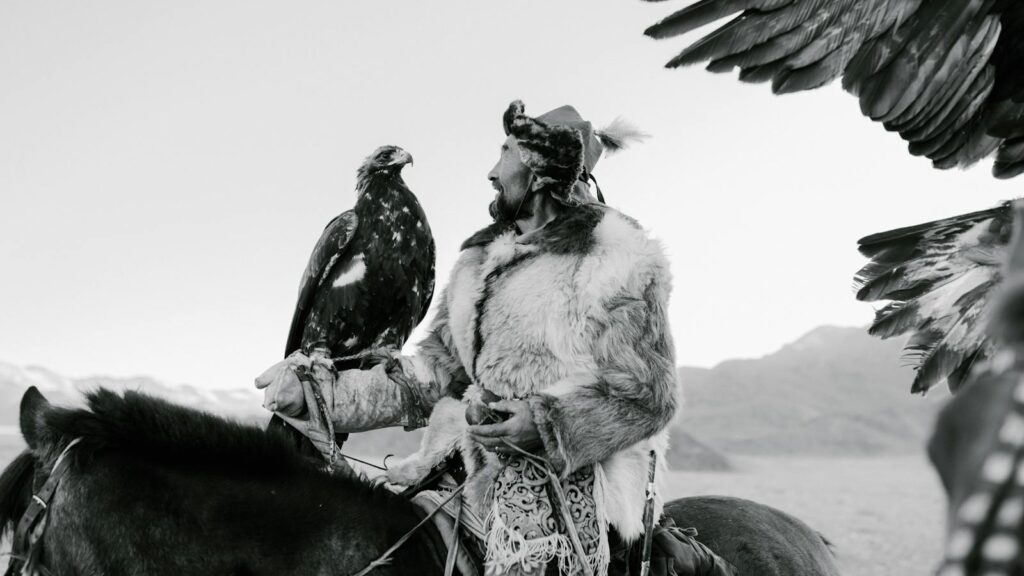
The steppe peoples of Central Asia, for whom horses represented the center of economic, social, and spiritual life, developed elaborate festivals that celebrated their profound connection to these animals through demonstrations of riding skills and ceremonial practices. The ancient precursors to modern games like Buzkashi (where riders compete for possession of a goat carcass) originated as seasonal festivals that combined entertainment with practical training for warfare and hunting, always with religious undertones honoring ancestral spirits. Archaeological evidence from ancient burial sites across the Central Asian steppes reveals ceremonial horse gear specifically designed for festivals, distinguishable from everyday equipment by elaborate decorations and symbolic elements representing cosmological concepts. Seasonal gathering festivals among nomadic peoples featured ritualized horse milk ceremonies where the first kumis (fermented mare’s milk) of the season was offered to deities before being shared among tribal members in strict hierarchical order. Historical accounts from Chinese, Persian, and later European sources describe the spectacle of these nomadic horse festivals, where entire communities would gather to witness displays of horsemanship so impressive that they were often attributed to supernatural connections between riders and their mounts.
Modern Survivals of Ancient Horse Festivals
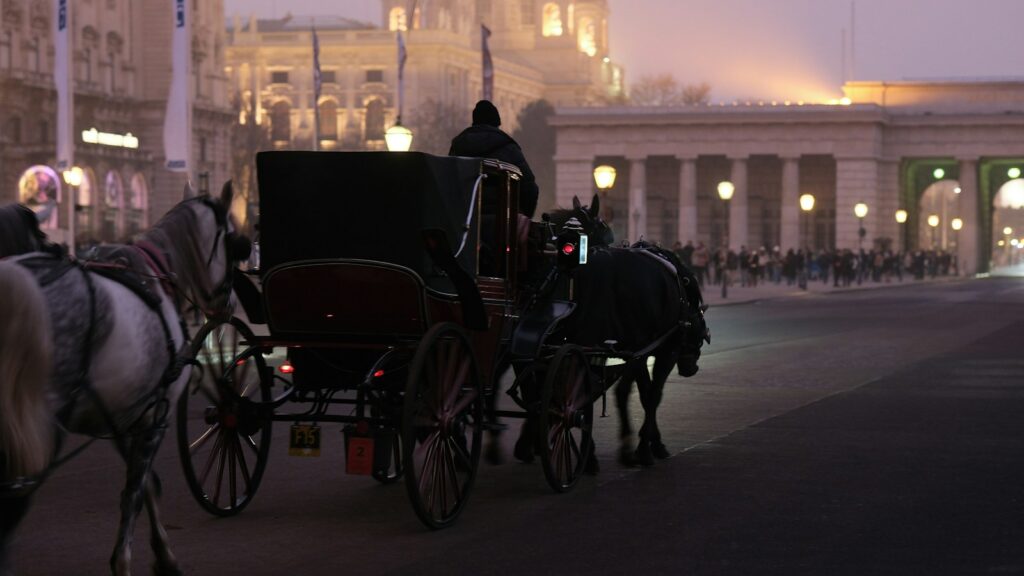
Remarkably, many ancient horse festival traditions have survived into the modern era, either in their original forms or as evolved celebrations that maintain core elements of their historical antecedents. The Palio of Siena in Italy, while medieval in its current form, contains elements that can be traced to Etruscan and Roman equestrian festivals, particularly in its connection to civic identity and seasonal religious observances. Throughout Central Asia, traditional games like Kok-boru (Buzkashi) and horse racing festivals still maintain elements of their ancient spiritual significance, even as they have been adapted to modern sporting contexts. Mongolia’s Naadam Festival continues ancient traditions with its “Three Manly Games” including horse racing, where young children ride distances up to 30 kilometers, maintaining practices that have remained largely unchanged since the time of Genghis Khan. The Spanish Riding School of Vienna, while formalized in the Renaissance period, preserves and performs equestrian traditions that can be traced to ancient Greek horsemanship displays that were originally components of religious festivals honoring Poseidon and other deities. These modern survivals demonstrate the remarkable resilience of horse-centered cultural practices, which have adapted to changing religious, political, and economic circumstances while maintaining their essential character across millennia.
conclusion
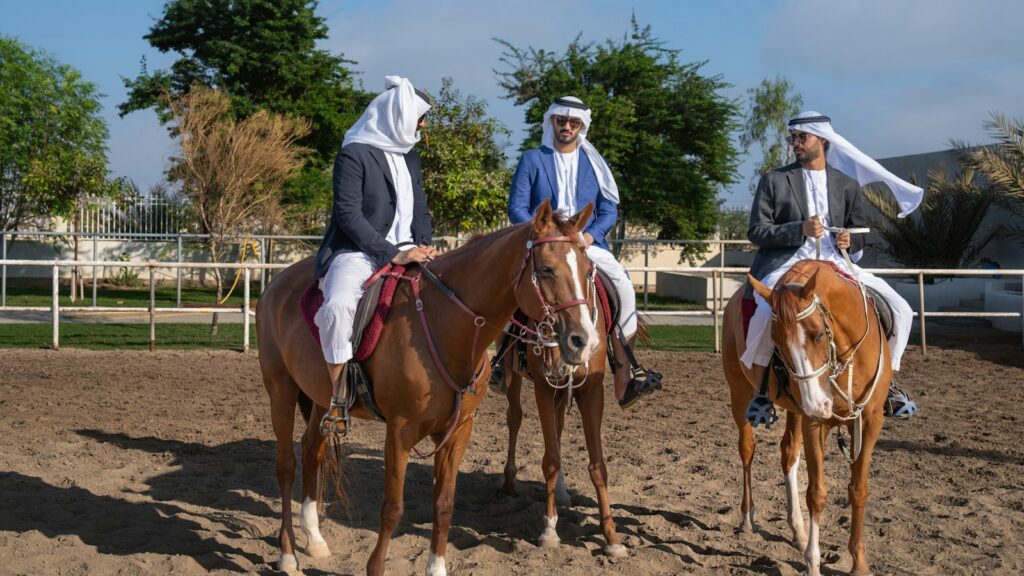
The profound relationship between humans and horses, as expressed through ancient festival traditions, reveals much about how our ancestors understood their place in the world. These magnificent animals served as living bridges between the earthly and divine realms, between practical necessity and spiritual aspiration. From the bloody sacrifices of Rome’s October Horse to the elegant processions of Persian Nowruz, from Celtic veneration of Epona to Chinese imperial horse ceremonies, these traditions reflected each society’s values, beliefs, and relationship with the natural world. The remarkable persistence of horse festivals across diverse cultures suggests that something universal resonates in the human-equine bond—something that transcends specific religious beliefs or economic systems. As we continue to celebrate modern horse festivals around the world, we participate in cultural traditions that connect us directly to our ancient ancestors, who also gathered to marvel at the beauty, power, and spirit of these extraordinary animals that have shaped human civilization from its earliest days.







